Once upon a time, the mighty Asiatic lion ruled vast stretches of Asia, from the Middle East all the way to Bengal. Now, if you want to see one in the wild, there’s only a single place left: Gujarat’s Gir Forest in India. It’s almost unbelievable, isn’t it? This regal cat, once the pride of empires and legends, now shares its home with farmers, herders, and just a sliver of the forest it once called its kingdom. Their story is a tale of survival, resilience, and the quiet determination to hold on, even as the world changes around them. Let’s wander into the heart of Gir, listen for a distant roar, and discover what makes the Asiatic lion so heartbreakingly special.
The Last Refuge: Gir Forest
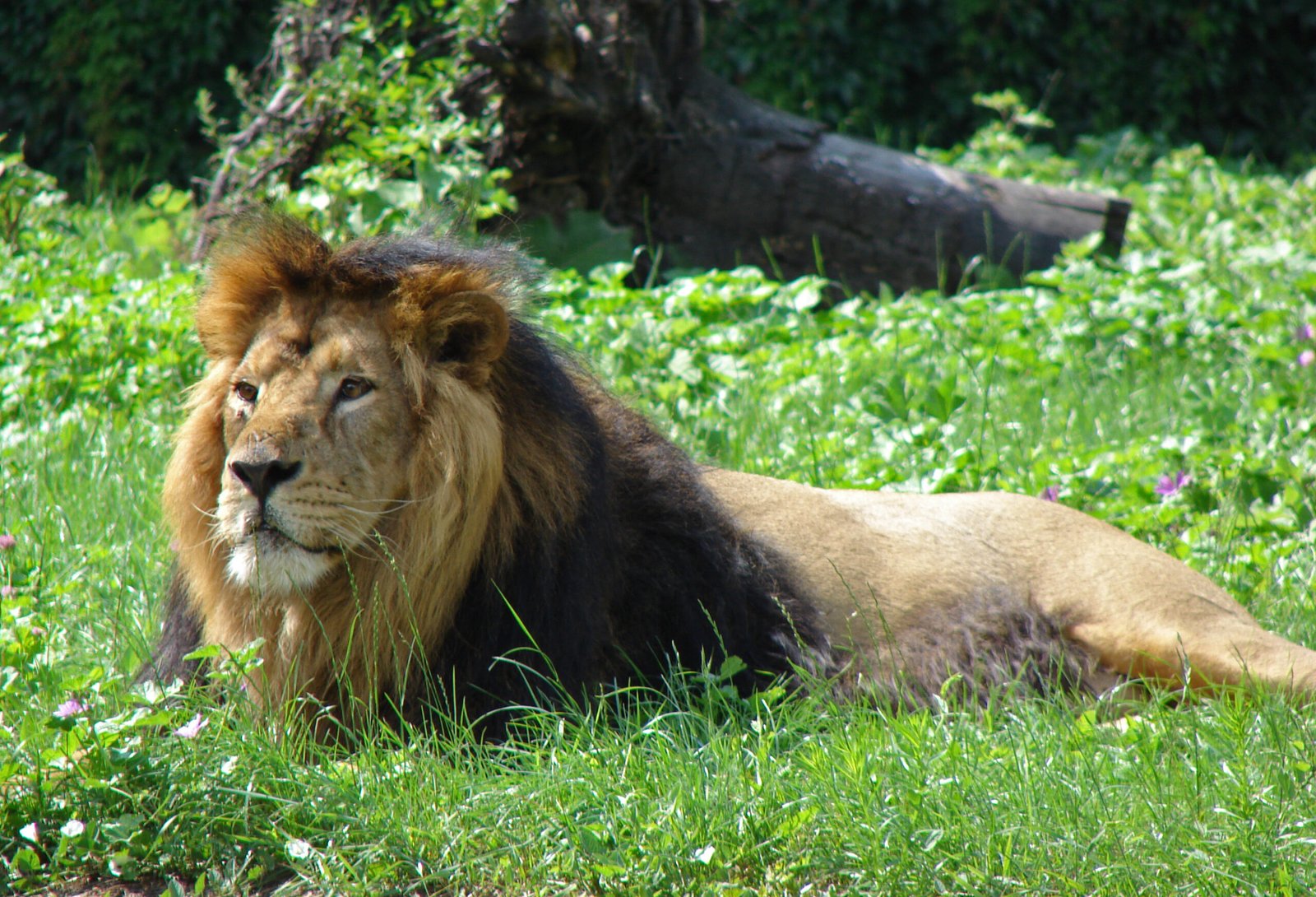
There’s something magical about Gir Forest—an island of hope for the Asiatic lion. This patch of wilderness in Gujarat is the only spot on Earth where these magnificent cats still roam free. Gir is scrubby and dry, not the lush jungle you might picture, but its tangled woods and rocky hills are perfect for lions. Here, they lounge beneath teak trees, nap in the shade, and prowl through golden grass. This forest is their sanctuary, fiercely protected by the local people and forest guards. The lions’ presence is felt everywhere, from the paw prints in the dust to the distant echo of their roars at dusk. It’s a bittersweet wonder—this is the last place they truly belong, and every day they’re here is a quiet victory for nature.
A Legacy Written in Stone

Asiatic lions aren’t just animals; they’re living legends. For thousands of years, they’ve been carved into temple walls, painted in ancient manuscripts, and woven into the myths of kings and gods. In India, the lion is a symbol of power and protection. Emperors once kept them in royal menageries, and their likeness guarded city gates. Even today, the lion is the emblem of India’s national pride—the “Ashoka Lion” stands tall on the country’s official seal. When you look into the amber eyes of an Asiatic lion, it’s as if you’re gazing back through centuries of history, feeling the weight of stories and dreams resting on their strong, silent shoulders.
Smaller Than Their African Cousins
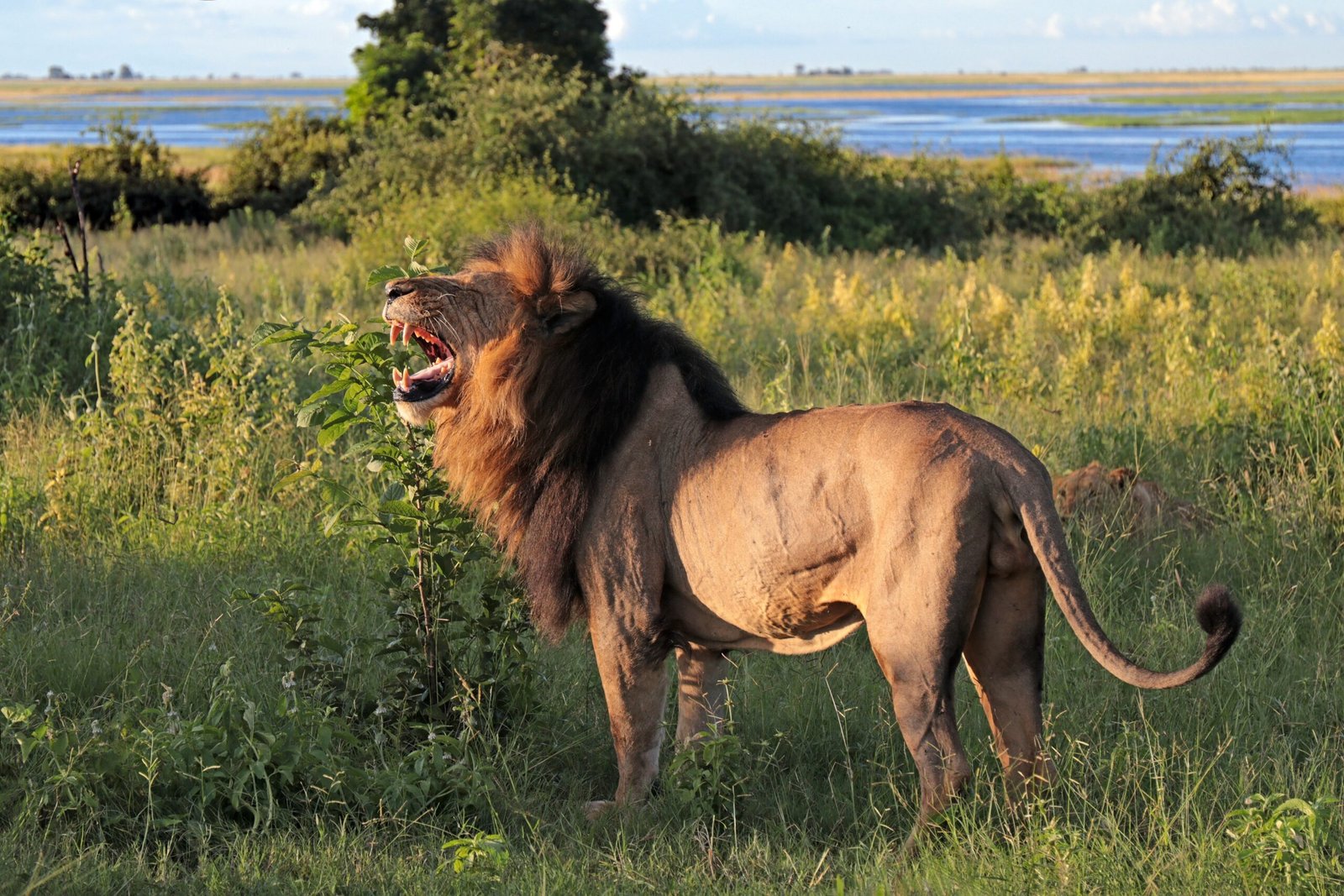
At first glance, you might mistake an Asiatic lion for its African kin, but look closer and you’ll spot the differences. Asiatic lions are a bit smaller and leaner, with a less shaggy mane. The males’ manes are sparser, often revealing their sturdy ears—a trait unique to this subspecies. Their bodies are more compact, almost as if they’ve been shaped by centuries of living in dense forests rather than open savannahs. There’s a subtle elegance in their build, like a dancer’s grace hidden beneath muscle. These differences aren’t just about looks—they’re adaptations that help them survive in Gir’s challenging landscape, making them the ultimate survivors in a world that’s always changing.
The Pride: Family Comes First
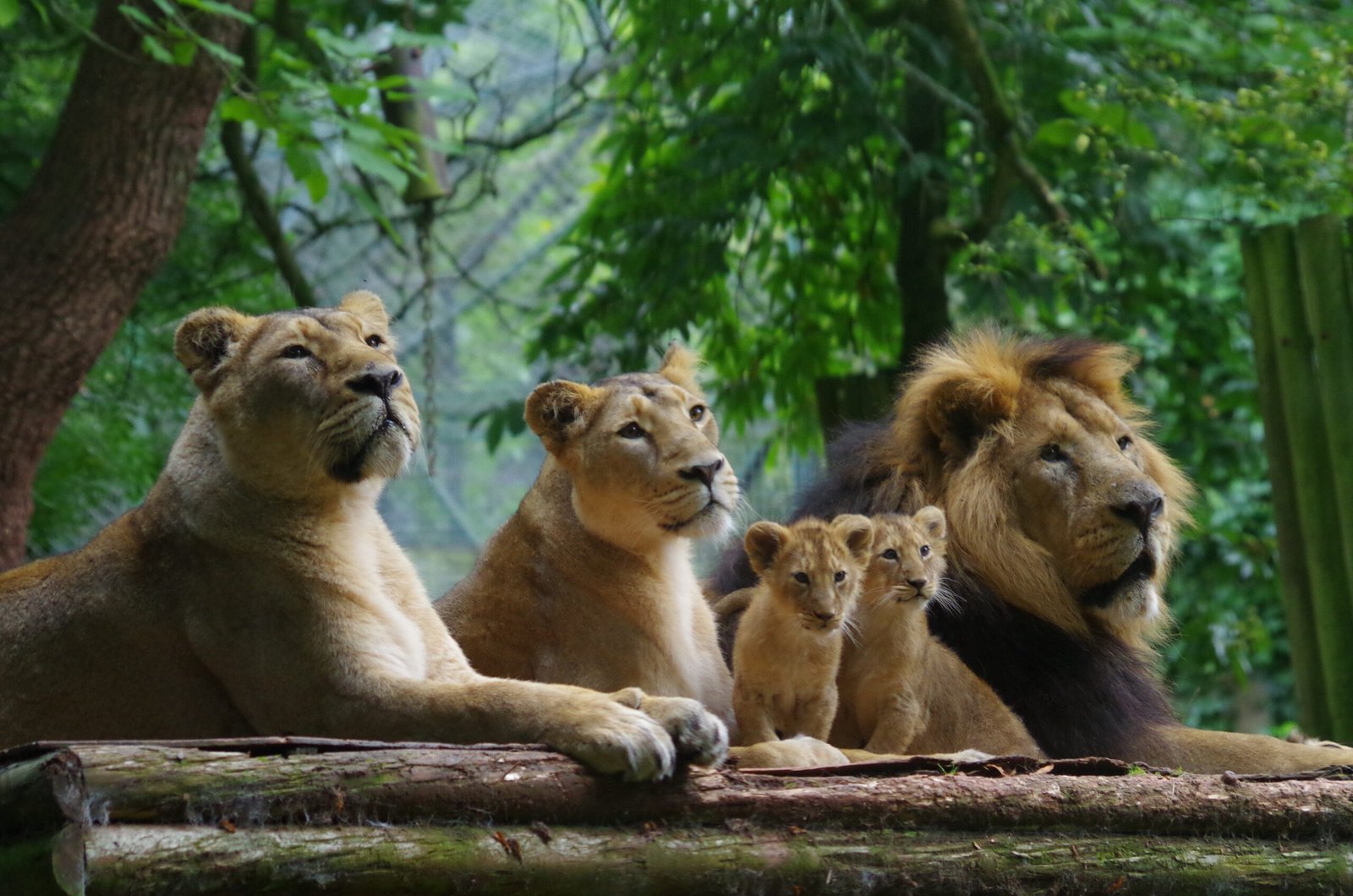
Asiatic lions live in small, tight-knit groups called prides, but theirs are more intimate than those of African lions. A typical pride might have just a few females and their cubs, with one or two males. Life in the pride is all about family—lions groom each other, share meals, and protect their young together. There’s a soothing sense of routine: cubs tumble over their mothers, siblings chase each other in play, and the whole group rests together in a patch of shade. This close bond is their strength, helping them face drought, danger, and the ever-present challenge of finding enough to eat. In every pride, there’s a quiet wisdom—a reminder that family, above all, helps you weather the wildest storms.
A Roar in the Night

There’s nothing quite as haunting as the roar of an Asiatic lion as dusk falls over Gir. Unlike the deep, booming calls of their African cousins, Asiatic lions have a slightly higher-pitched roar, echoing through the trees and over the rocky hills. It’s both a warning and a greeting—a way to mark their territory, call to family, and remind rivals to keep their distance. For the people living near Gir, these roars are a familiar lullaby, a nightly reminder that the wild still has a heartbeat. Some say the sound stirs something ancient in the soul, connecting us to a time when lions roamed across continents and humans lived in awe of their power.
Distinctive Belly Fold

If you ever spot an Asiatic lion, look for the telltale belly fold—a long flap of skin running along their stomach. This little quirk sets them apart from their African relatives and gives them a unique silhouette. Scientists believe this extra skin might help lions stretch and twist as they hunt in the tight spaces of Gir’s forests. It’s a small detail, but it’s part of what makes them so distinct. In a world obsessed with perfection, the Asiatic lion’s belly fold is a gentle reminder that sometimes, survival means embracing your quirks and wearing them with pride.
Prey of the Dry Forest

Life in Gir isn’t easy. Asiatic lions hunt a range of prey, from nimble chital deer to hefty sambar and wild boar. Their favorite, though, might be the nilgai—a huge, horse-sized antelope that thunders through the brush. Hunting here is a game of patience and teamwork: lions stalk silently through the undergrowth, relying on stealth more than speed. Food can be scarce, especially in the dry season, so every meal is hard-earned and deeply cherished. Sometimes, when prey is scarce, they might even venture near villages, a risky move that’s brought them into conflict with humans. Yet, in every hunt, there’s the pulse of the wild—a reminder of what it means to live on the edge.
Survival Against the Odds
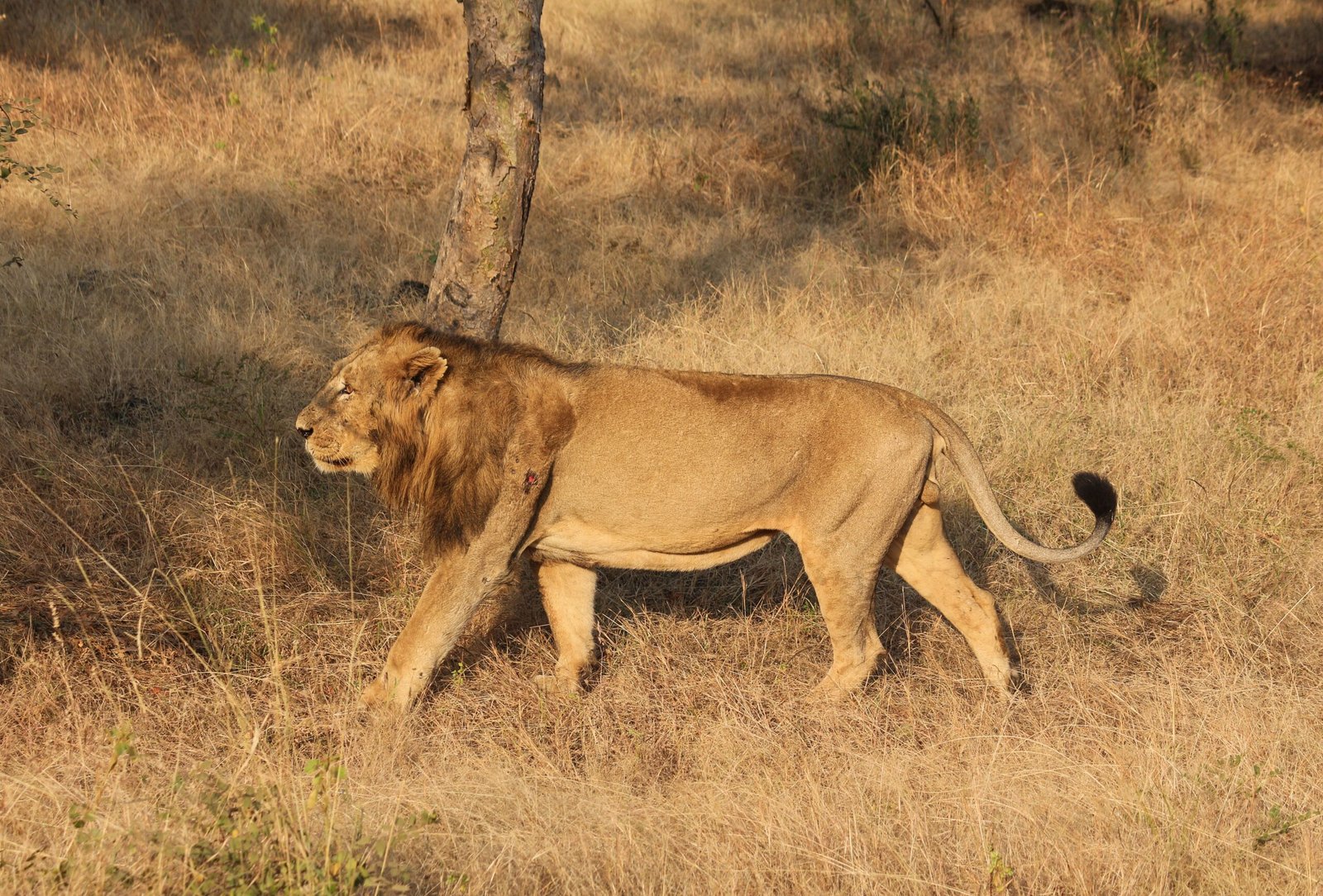
By the early 1900s, Asiatic lions were almost wiped out—hunted for sport, their forests cut down and their prey disappearing. Only a handful survived in Gir, clinging to life as their world collapsed. Their comeback is nothing short of miraculous. Thanks to strict protection, community efforts, and a bit of luck, their numbers have slowly climbed from just a dozen to over 600 today. Every lion walking Gir’s dusty paths is a testament to resilience—a living symbol that, given half a chance, nature can heal its wounds. Their story gives hope to every endangered animal fighting for survival against impossible odds.
Living Alongside People

What’s truly astonishing—and a little heartwarming—is how the lions of Gir have learned to share their world with people. Farmers, herders, and their livestock live side by side with these big cats, sometimes just a fence or a river apart. Over time, a delicate dance has emerged: villagers keep an eye out for lions, who in turn have learned to avoid trouble (most of the time). Sometimes, a lion will wander near a village, and the news spreads in whispers and excited shouts. It’s not always easy—there are losses and close calls—but there’s also a deep respect, even affection, for these “neighbors.” It’s a rare and fragile peace, one that feels like a small miracle in today’s world.
The Sacred Lion
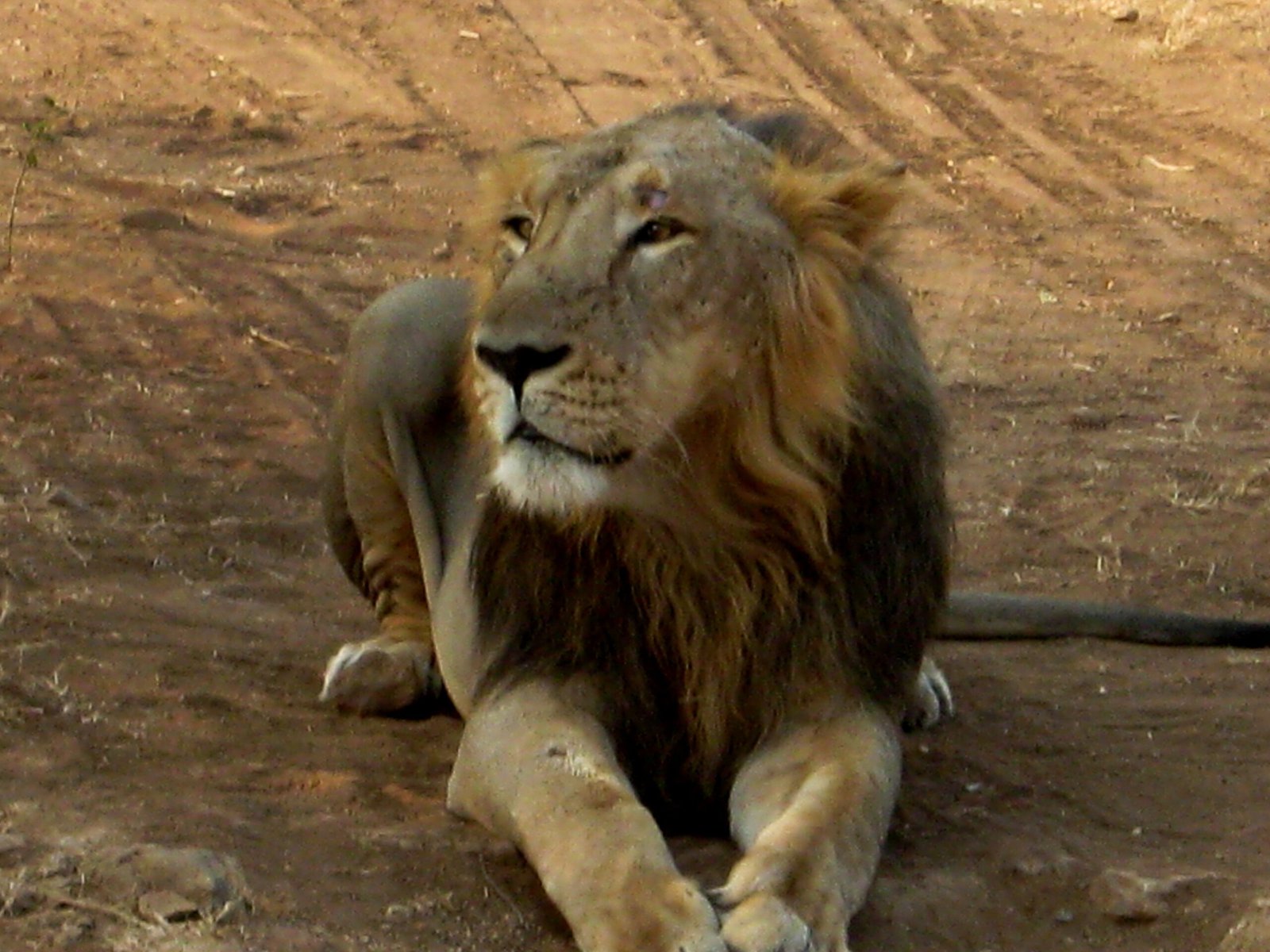
In Gujarat, many locals see the lion as more than just an animal—it’s a sacred presence, a living symbol of strength and blessing. Some communities believe the lions are guardians of the land, protected by the gods themselves. This spiritual connection shapes how people treat these big cats, inspiring patience and tolerance even when the lions cause trouble. Festivals and folk songs celebrate their majesty, and children grow up hearing stories of the lion’s wisdom and bravery. It’s a relationship as old as the forest itself, where reverence and reality intertwine, making the continued survival of the lions feel like a sacred duty shared by all.
Cubs of Hope

Few sights are more delightful than a litter of Asiatic lion cubs tumbling through the grass, their tiny roars echoing like squeaky toys. Cubs are born hidden in thickets, safe from prying eyes and danger. Their mothers are fiercely protective, moving them from place to place and teaching them the secrets of the wild. Every cub is a bundle of hope—a sign that the future of the lions isn’t just a memory, but a promise. Watching them grow, play, and learn, you can’t help but feel a surge of optimism. Each new generation is a fresh chance for the lions to reclaim their kingdom, one pawstep at a time.
Heartbeats of the Wild

There’s a rhythm to life in Gir, marked by the lions’ comings and goings. Early mornings see them padding softly through dew-drenched grass, while hot afternoons are spent dozing in the shade. At dusk, the forest comes alive with their hunting parties and playful cubs. This daily heartbeat is the pulse of a wild ecosystem—every roar and every hunt reminding us that nature is alive, unpredictable, and beautifully untamed. For those lucky enough to witness it, the lions’ presence is mesmerizing—a living reminder that wildness still has a place in our world, and that every heartbeat counts.
The Threat of Isolation

Living in just one forest is both a blessing and a curse for the Asiatic lion. While Gir has protected them from extinction, it also means all the world’s wild Asiatic lions are in one basket. Disease, drought, or a big fire could threaten them all at once. Scientists worry about genetic bottlenecks, where a small population means less diversity and more risk of inherited health problems. It’s like a family tree with only a few branches—strong, but vulnerable. The challenge now is to find ways to keep the lions safe, healthy, and maybe even help them find new homes beyond Gir, so their story can continue for generations to come.
Royal Manes and Gentle Faces
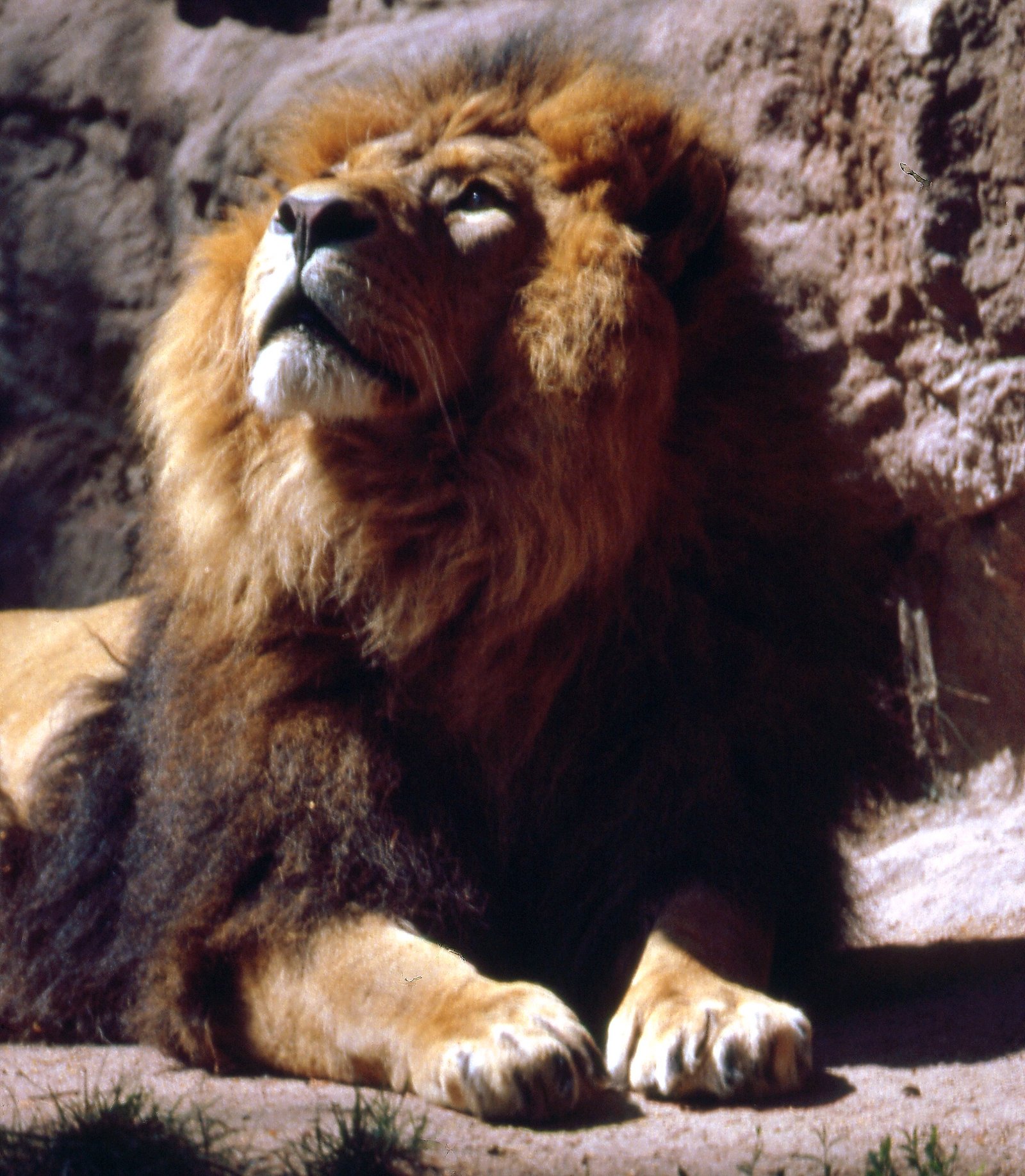
There’s something regal about the face of an Asiatic lion. Their manes are shorter, framing their heads like a soft halo instead of a wild crown. Look into their eyes and you’ll see a gentle intelligence, a calm confidence that comes from centuries of survival. Their faces seem almost wise, as if they carry the memory of every ancestor who walked Gir’s dusty trails. Observing a male lion as he watches over his pride, you can’t help but feel a sense of awe—here is royalty, not in gold or jewels, but in strength, patience, and the silent majesty of the wild.
The Challenge of Coexistence
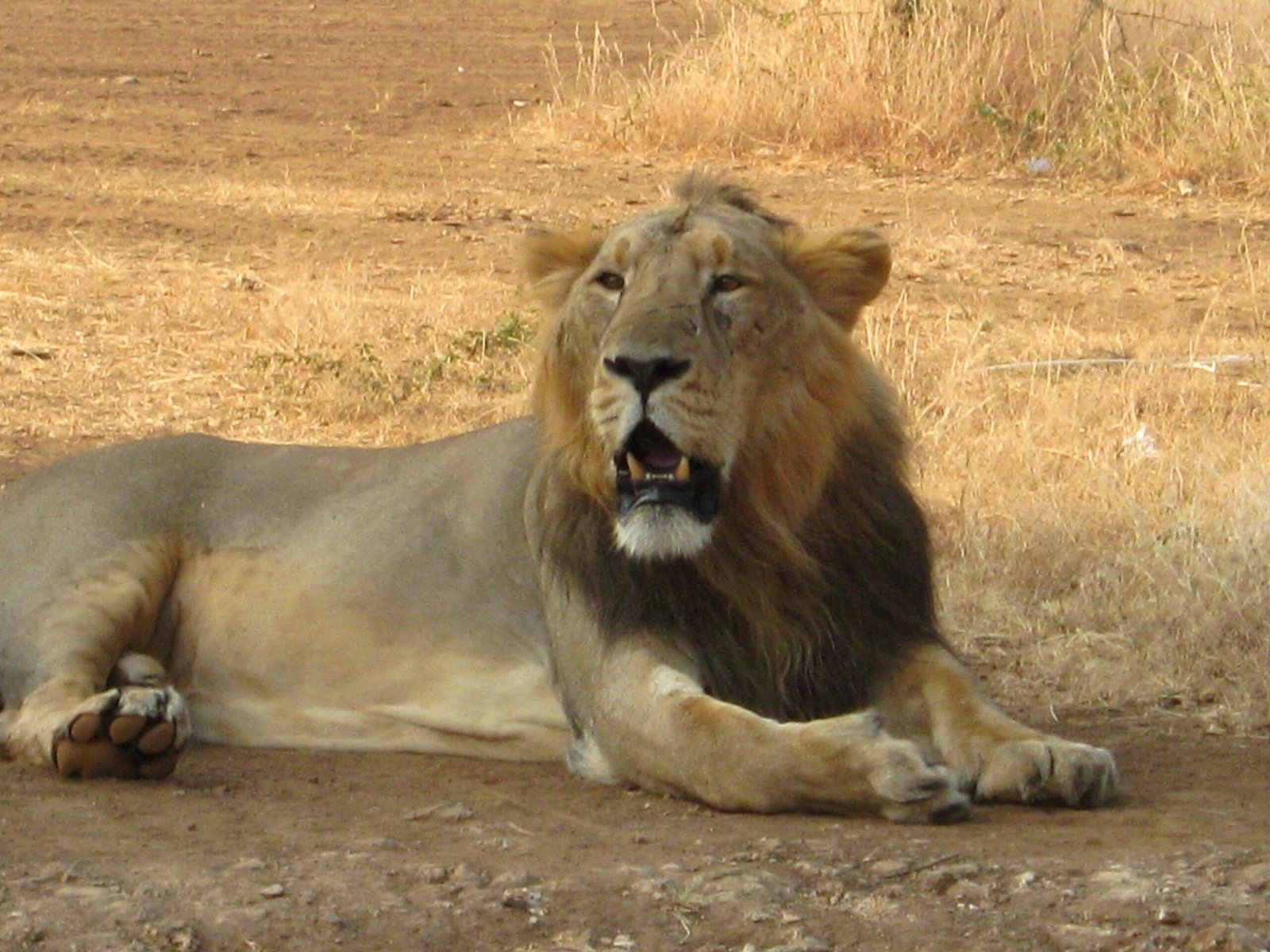
It’s not always easy for lions and humans to share a shrinking world. Sometimes, livestock wander into the forest, or lions stray too close to villages. Losses happen on both sides, leading to frustration and heartbreak. Conservationists work tirelessly to find solutions—building stronger fences, offering compensation for lost animals, and teaching people how to live safely alongside these big cats. It’s a delicate balance, and every day brings new challenges. But with patience and understanding, the people of Gir and their lions are showing the world that coexistence isn’t just possible—it’s essential for the future of both species.
Symbol of Indian Pride

The Asiatic lion is more than just a rare animal—it’s a symbol of India’s heritage and resilience. Its image graces the national emblem, currency, and official seals, a daily reminder of the country’s wild roots. For many, the lion stands for courage, strength, and dignity—qualities that have helped India weather countless storms. When visitors see a lion in Gir, they’re not just meeting an animal, but touching a piece of living history. The pride Indians feel for their lions is deep and enduring, fueling efforts to protect them for generations yet to come.
Mysterious Nightlife

Asiatic lions are most active at night, when the forest cools and the shadows grow long. Under the moonlight, they become silent hunters, slipping through the undergrowth with barely a whisper. Their eyes shine like lanterns, catching every movement in the dark. Nighttime is when the forest truly belongs to them, a secret world of hunting, playing, and wandering. Those rare humans who’ve watched lions at night speak of it in hushed tones—as if they’ve glimpsed a hidden chapter of the wild. It’s a reminder that, even in a busy world, some mysteries can only be revealed when we slow down and listen to the darkness.
Ancient Kings, Modern Survivors

In the old days, Asiatic lions were the trophies of kings and the guardians of empires. Today, they’re survivors—quietly holding on in a world that’s changed beyond recognition. Their story is one of adaptation, learning to live with people, droughts, and shrinking forests. They’ve become masters of making do, finding scraps of wilderness where others see only farmland or scrub. Their resilience is humbling, a daily lesson that survival isn’t about being the strongest, but about being the most adaptable. These ancient kings may have lost their kingdoms, but they’ve found new ways to reign in the modern world.
The Gentle Guardian

Despite their fearsome reputation, Asiatic lions are surprisingly gentle with each other. Mothers tenderly groom their cubs, males share meals with their families, and play is a daily ritual. Even old rivals show restraint, preferring a show of strength to actual fights. Their gentleness is a quiet kind of power, one that builds trust and keeps the pride strong. Watching them interact, you notice the small gestures—a nuzzle, a playful swat, a shared look—that speak of deep bonds and understanding. In a world that often celebrates aggression, the lions of Gir remind us that kindness can be just as mighty.
A Diet with Surprises

While deer and antelope are the mainstay of their diet, Asiatic lions are nothing if not resourceful. They’ve been known to snack on wild boar, peacocks, and even porcupines—though that’s a prickly meal! Occasionally, they’ll scavenge leftovers from other animals or take a chance on livestock near the forest’s edge. Every meal is a lesson in adaptability, a sign that these lions can make do with whatever the land provides. Watching a lion feast, you see the raw reality of life in the wild—a mix of bounty and hardship, where every bite is earned and nothing is wasted.
Tourism and the Lion Economy

Gir’s lions have become a source of pride—and livelihood—for many local families. Tourists flock from around the world for a glimpse of these rare cats, bringing jobs and income to villages that once struggled. Jeep safaris, local guides, and eco-lodges all depend on the lions’ continued presence. But with this attention comes responsibility. Too many visitors can disturb the animals, so efforts are made to keep tourism sustainable and respectful. The lions, unbothered by the attention, go about their lives, unaware that their daily routines are now a lifeline for human communities as well as their own kind.
Unique Vocal Language

Asiatic lions have developed a fascinating range of vocalizations to communicate with each other. Beyond their iconic roar, they grunt, growl, and even “cough” to send messages. Cubs chirp to their mothers, while adults use soft moans to greet or reassure each other. Each sound carries meaning—whether it’s a warning, a call for help, or an invitation to play. For scientists and observers, decoding this language is a window into the secret lives of lions. It’s a reminder that, like families everywhere, sometimes the most important conversations are the ones said in a whisper.
Weathering the Heat

Gir can get blisteringly hot, with temperatures soaring above 45°C in summer. The lions have learned to cope by becoming masters of relaxation. During the hottest part of the day, they seek out the coolest shade, lying belly-up beneath trees or rocky outcrops. Their thick skin protects them from sunburn, while their low-energy lifestyle helps them conserve water. Watching a lion napping in the heat, you can’t help but envy their ability to do absolutely nothing with such dignity. It’s a lesson in patience and adaptation—sometimes, the smartest thing to do is simply wait for the world to cool down.
Cultural Connections
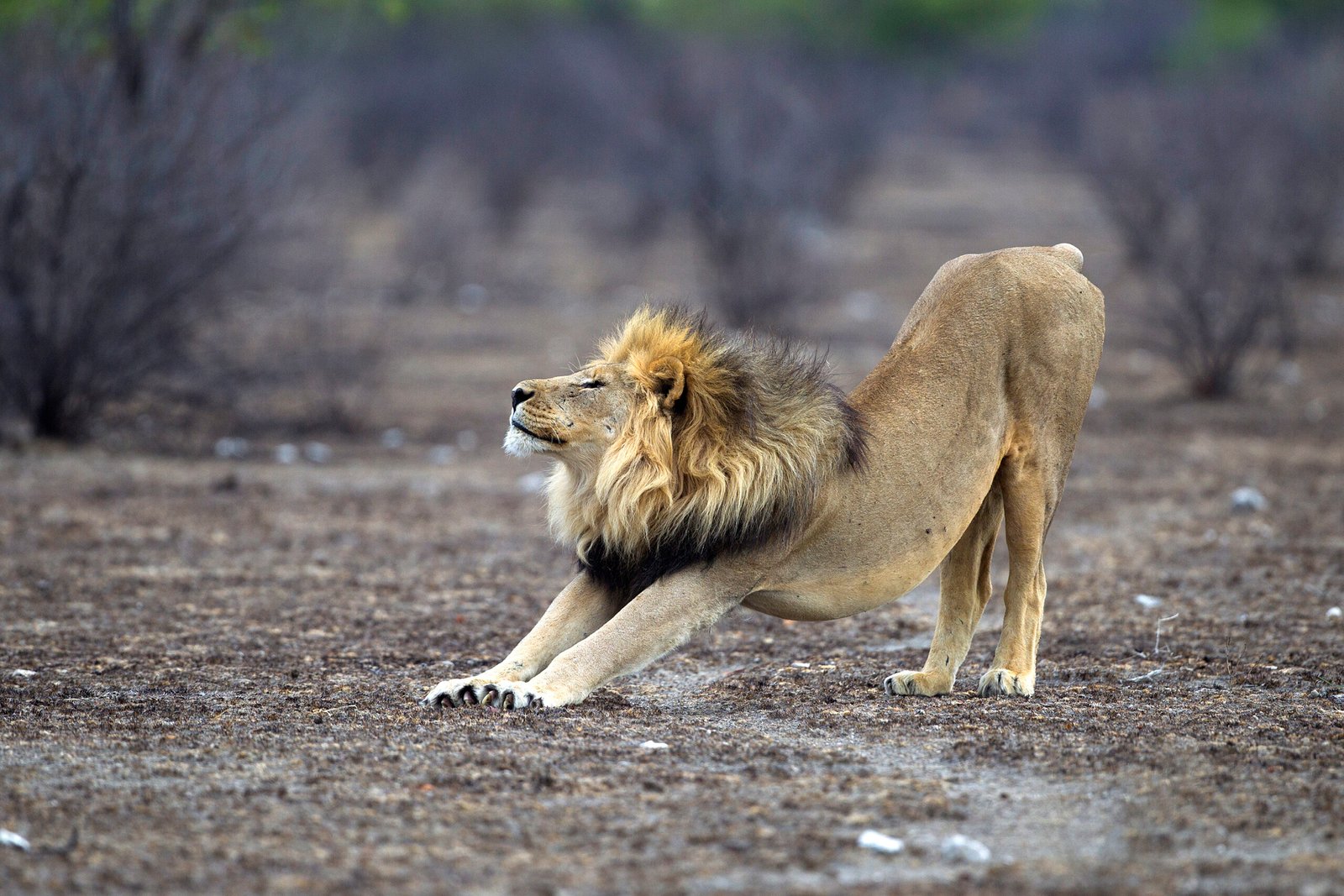
Throughout history, the Asiatic lion has left its paw print on art, literature, and religion across Asia. Ancient coins, royal thrones, and temple carvings bear their image, celebrating the lion as a symbol of bravery and justice. In modern times, their story inspires everything from conservation campaigns to children’s books. People feel a special kinship with these lions—a connection that crosses generations and cultures. The stories we tell about them aren’t just about animals, but about ourselves—our hopes, our fears, and our longing to be part of something wild and wonderful.
Hopes for a Wilder Future

Conservationists dream of a day when Asiatic lions roam beyond Gir, reclaiming lost territory and rebuilding their ancient range. Plans are underway to find new homes for these cats—places where they can thrive if disaster ever strikes Gir. It’s a daunting task, filled with hurdles and uncertainty, but the hope is real. Every cub born, every pride that grows, is a step toward that wilder, freer future. The journey isn’t over, but with the help of local communities, scientists, and dreamers, there’s a chance the Asiatic lion could once again be king—not just of one forest, but of a continent.
Conclusion
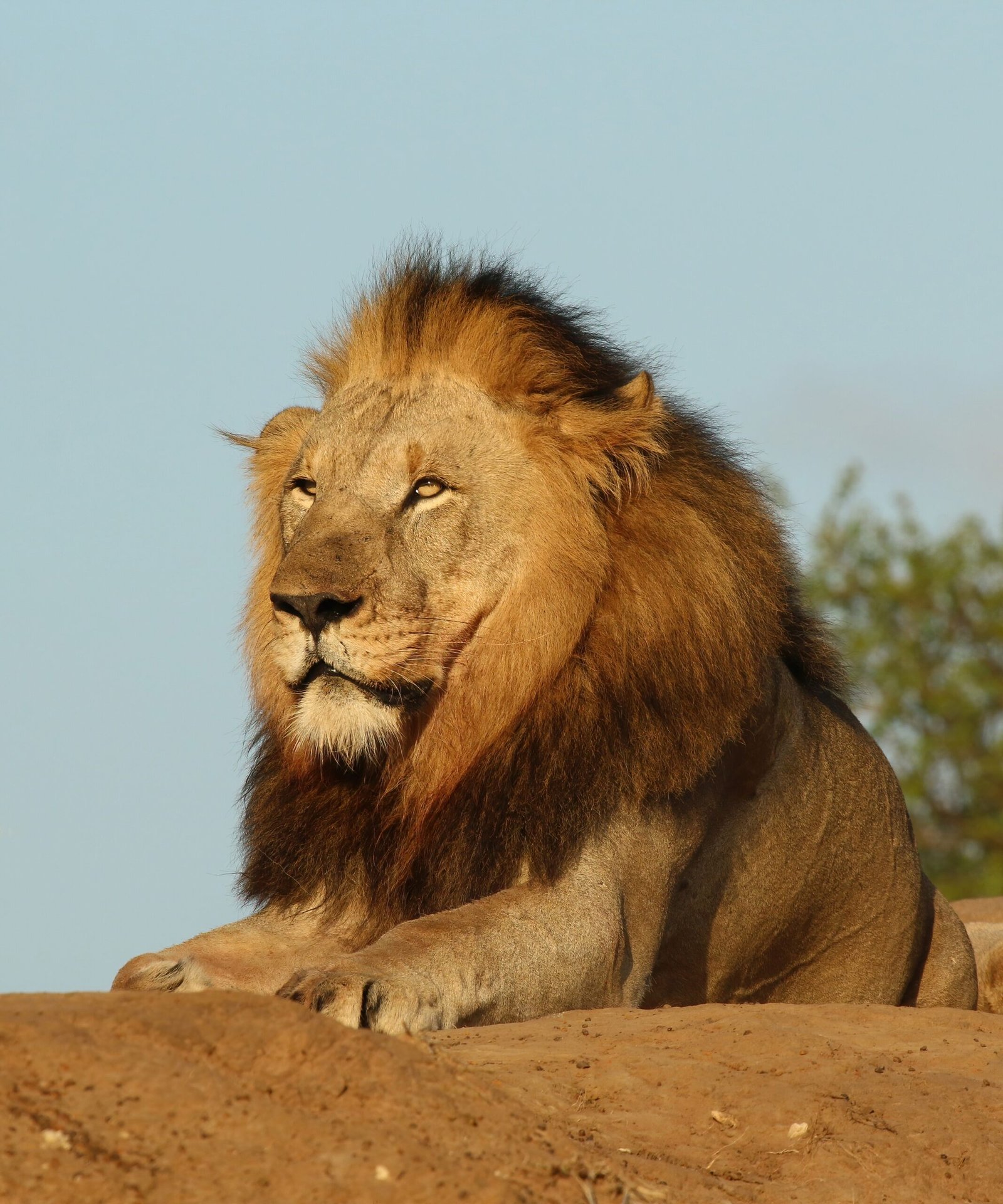
The Asiatic lion’s story is one of courage, resilience, and hope. From ancient kings to modern survivors, these remarkable cats have weathered centuries of change and challenge. Their presence in Gir Forest is a daily miracle—a reminder of nature’s strength and vulnerability. As we marvel at their beauty, grace, and quiet wisdom, we’re reminded that every wild creature has a story worth protecting. The lions of Asia may now walk a smaller kingdom, but their spirit remains boundless. Isn’t it amazing how much wonder can be found in just one living heartbeat of the wild?

Suhail Ahmed is a passionate digital professional and nature enthusiast with over 8 years of experience in content strategy, SEO, web development, and digital operations. Alongside his freelance journey, Suhail actively contributes to nature and wildlife platforms like Feline Fam, where he channels his curiosity for the Feline into engaging, educational storytelling.
With a strong background in managing digital ecosystems — from ecommerce stores and WordPress websites to social media and automation — Suhail merges technical precision with creative insight. His content reflects a rare balance: SEO-friendly yet deeply human, data-informed yet emotionally resonant.
Driven by a love for discovery and storytelling, Suhail believes in using digital platforms to amplify causes that matter — especially those protecting Earth’s biodiversity and inspiring sustainable living. Whether he’s managing online projects or crafting wildlife content, his goal remains the same: to inform, inspire, and leave a positive digital footprint.






